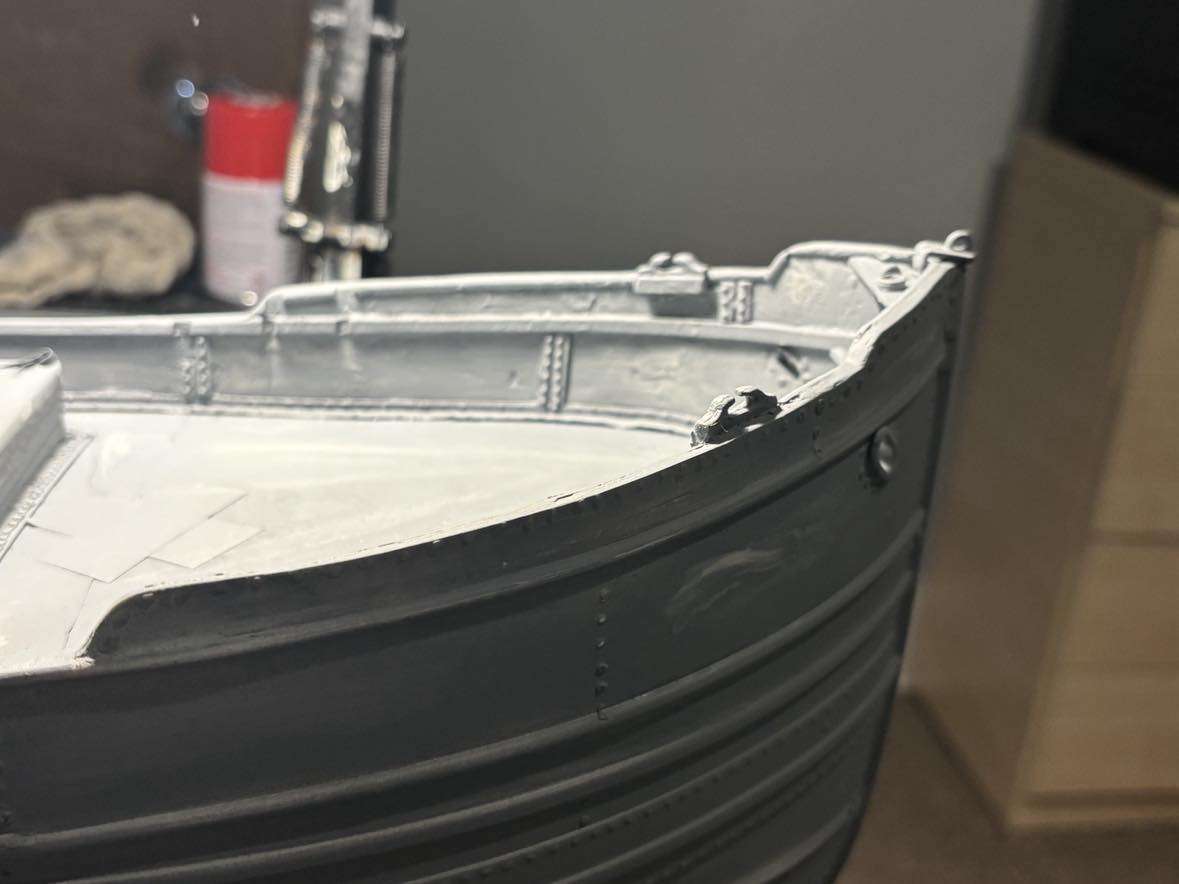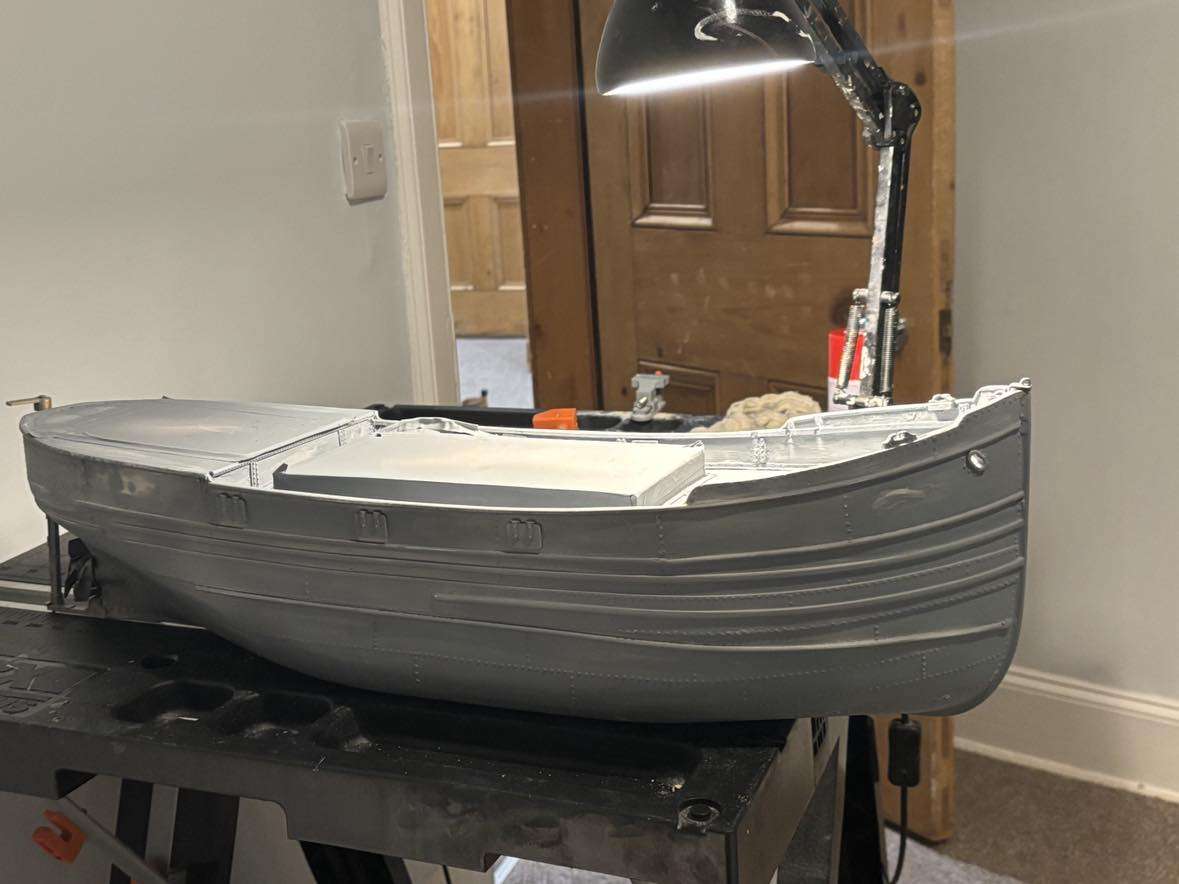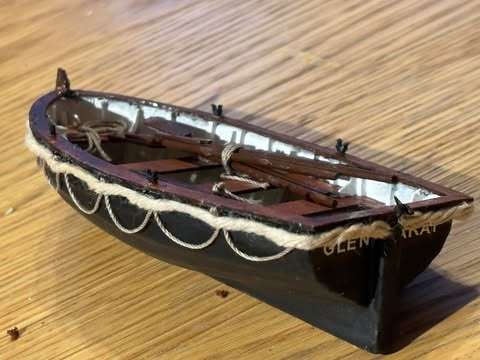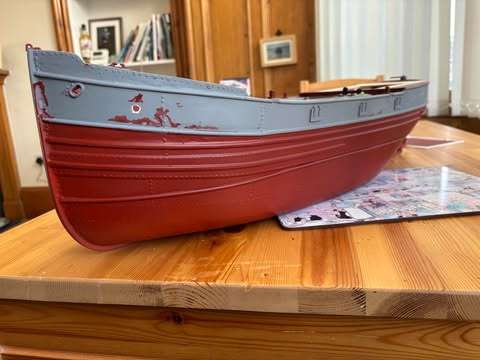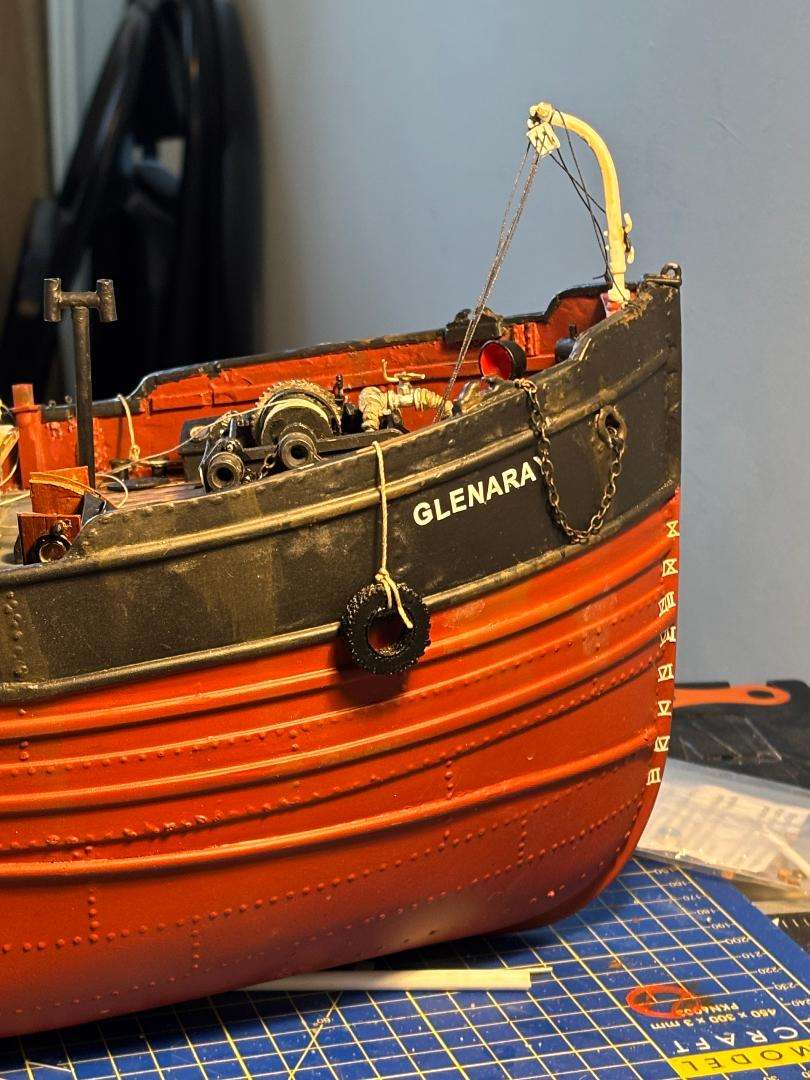Big question again Alasdair! While there are some who use varnishes to add another layer of protection to a paint finish there are also potential uses in weathering but that doesn’t mean to say you have to use them. A couple of examples.
Adding a layer of varnish can be used to protect lower surfaces from the effects of subsequent procedures such as if you have to use a wash of a same type as a base coat. They can also be used to seal in more delicate finishes such as pigments and water based paints. Varnishes can also be useful for when you simply need to change the surface texture to make a particular technique that bit more effective. Good examples are pigments take to matt surfaces significantly better than they do to gloss surfaces so a coat of a clear matt before adding pigments is sometimes useful. On the other hand sometimes you want a wash to only pick out detail such as panel lines so this is much more easily achieved onto a gloss surface. In that case a coat of clear gloss might be useful.
It is good to be aware of how surface texture can be used to make the weathering more useful but you don’t need to worry that you have to use varnishes as a matter of course.
On the Ben Ain hull I applied both oil paint rust streaks and pigments directly onto a matt enamel surface. They worked fine but, the model was destined for a glass case so I didn’t worry about sealing them in with varnish.
A couple of downsides to consider. One think that can help with weathering is to vary surface finishes to make differing techniques stand out. i.e. satin paints with matt rust streaks. Spraying over the whole thing with a clear coat blends everything into a single texture, which can spoil some effects. Another consideration is that varnishes can enhance colours, especially matt paint and very much especially pigments. So all the efforts in getting the application of pigments perfect goes a bit pear shaped when the colours darken with a coat of varnish.
I don’t use clear coats much. When I do they are frequently to matt down a surface for the application of pigments. I don’t often use them as a means of protecting. When I did the 1/48th scale corvette weathering I did apply a protective coat because I knew it was going to be frequently sailed so the hull did need a bit more protection.
As a rule of thumb I find rust streaks are best achieved with oil paints, dabbed on then streaked down with a spirit dampened flat brush and salt streaks are easiest to do with a very light grey pigment. Below hull fouling can be done with a very light dusting from a good distance of a dark green matt rattle can.
Whatever you do practise off the model first and do test pieces until you are fed up with it.
 Alasdair Allan.
Alasdair Allan.

